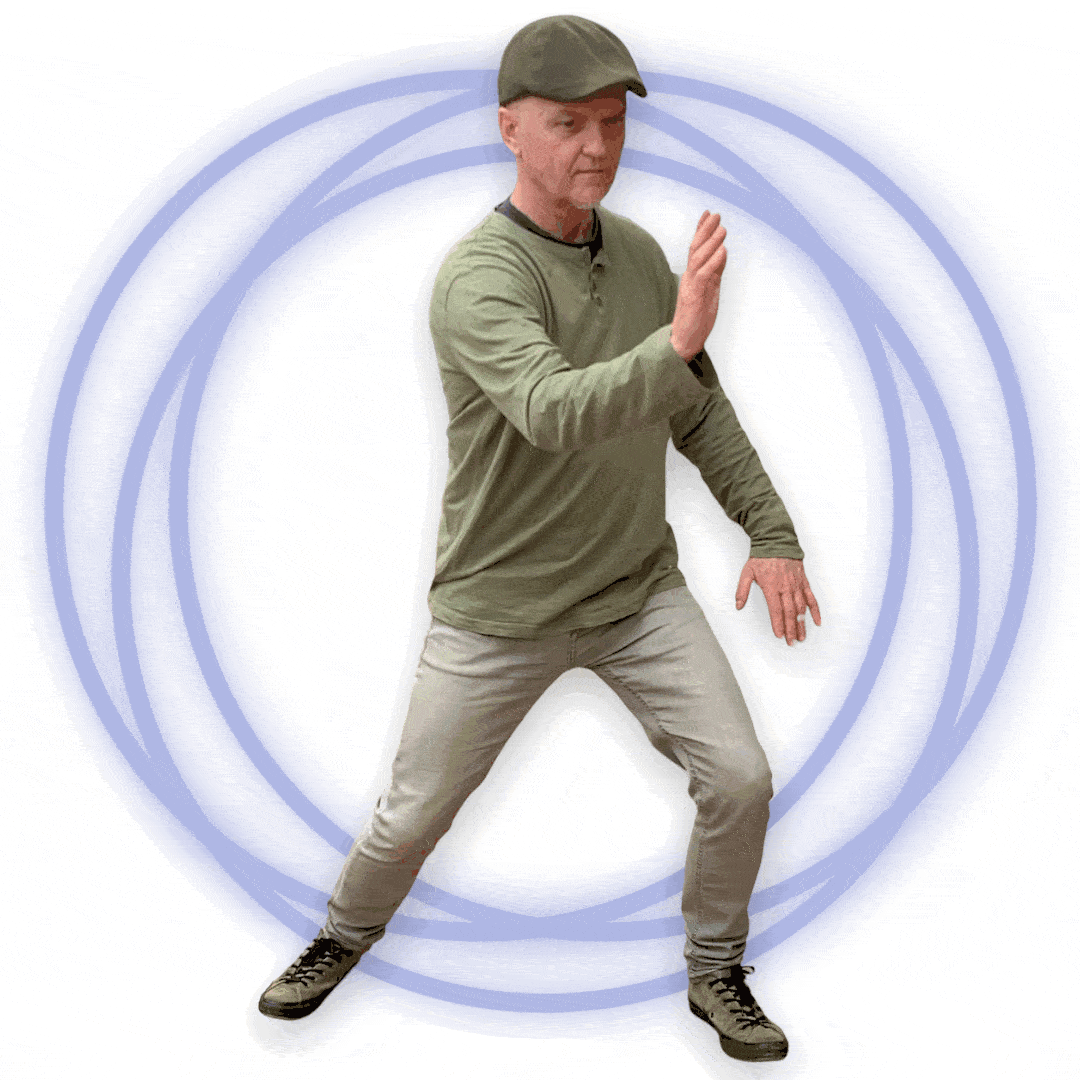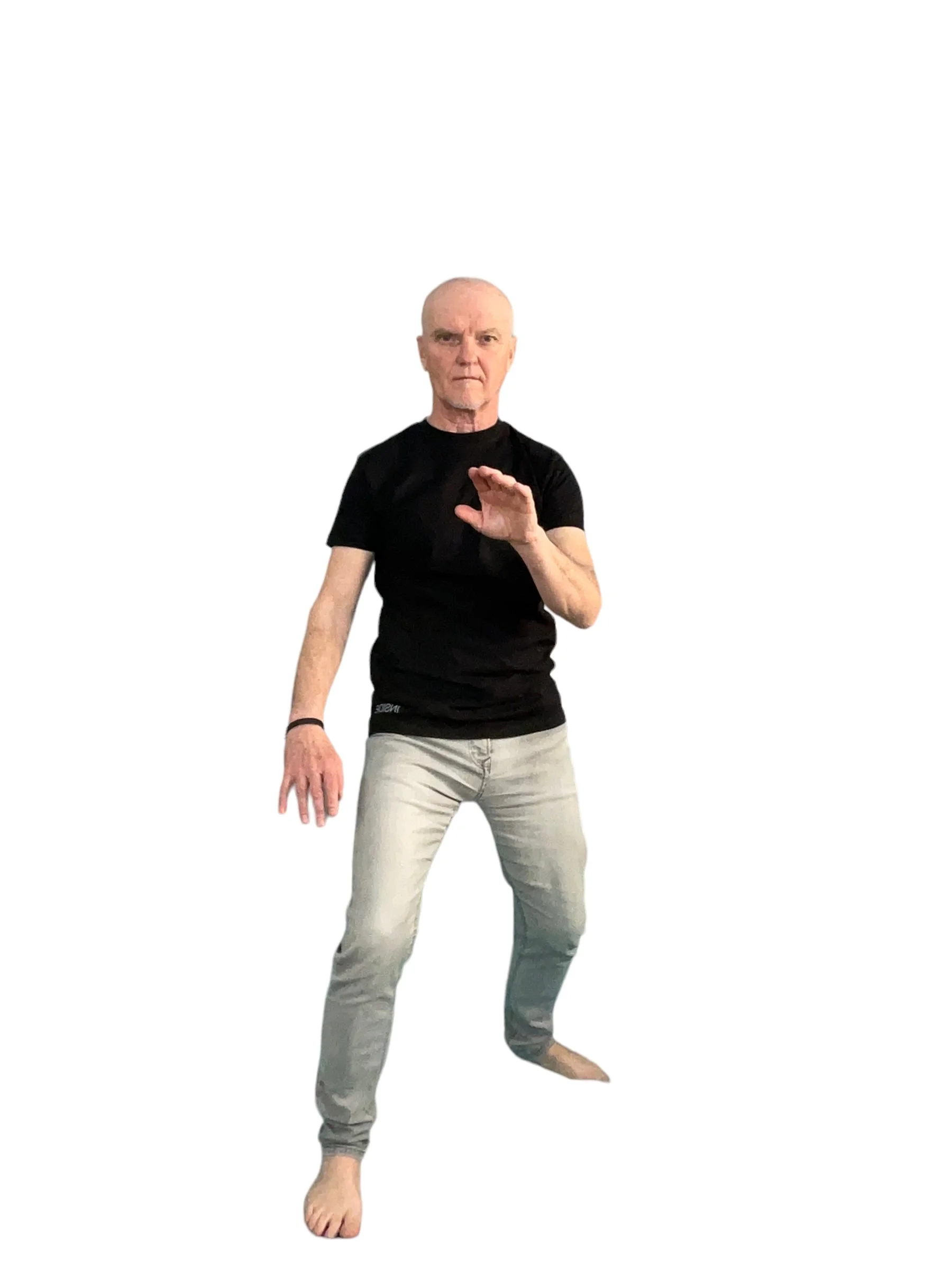tai Chi in small spaces
In this short article (listen to an audio version of my random thoughts if you prefer) we look at practising Tai Chi in a limited space.
This month’s exercise stems from conversations I’ve had with students facing the challenge of practicing Tai Chi in limited space. Not everyone has access to a large training hall or outdoor area, and many are confined to small rooms, decks, or cramped spaces. So, what do you do when your available practice area is restricted?
Adaptation
Practising in small spaces is part of your training. We shouldn’t only be able to move well in ideal spaces, for that is not where we will be tested. It’s in the smaller arena, where the obstacles will appear.
Measure Your Space
The first step is to measure the space you have available. For example, in my current flat, I measured three and a half strides forward and about two strides wide. That’s the rectangle I’m working with. Even if you have more space than this, try limiting yourself to these dimensions for this exercise.
Once you’ve measured your space, we’ll explore how to adapt a Tai Chi sequence to it without compromising the quality of your practice.
Exercise: Adaptive Brush Knee and Push
Start from a neutral standing position and begin with the move ‘Brush Knee and Push’ on both sides. Here, you have two main options:
1. Long Steps (Traditional Practice): You can sink deeply into your posture, taking long, rooted steps. But, if your space is limited, you’ll quickly run out of room and have to stop after a few repetitions. This will mean shuffling back to fit in the next move, which breaks rhythm and flow.
2. Micro Moves (Adapted Practice): The second, more practical option for small spaces is to take shorter steps but still maintain a wide stance. The key here is to step forward while keeping the width of your stance. This way, you’re still engaging the important muscles, ligaments, and balance without taking up as much room - and you avoid the shuffle backwards issue in version 1.
Learn to take smaller steps
But do so keeping the principles of movement clear. And avoid where possible falling into large areas of water.
Keeping Your Practice Grounded
When doing these smaller steps, ensure that you maintain the same level of control and balance as you would in a full posture. Don’t rush just because the moves are smaller—take your time and move slowly, deliberately, and mindfully. Shorter steps should not mean narrower steps; keeping the width will help you stay grounded.
Testing Your Limits
In my limited space, I managed to complete 10 repetitions of ‘Brush Knee and Push’ before I had to stop. Give it a try yourself—see how many repetitions you can do within your space. Let me know below.
Maintaining Direction
One crucial point to remember is to keep your directions consistent. Even if you shorten your steps, try not to compromise on the direction in which you’re moving. Muscle memory plays a significant role in Tai Chi, so practicing the correct directions will reinforce the movement patterns in your body. If obstacles in your space are forcing you to change direction, try working in a different part of the form or - if possible - move objects out of the way.
Explore Upright Postures
As you experiment with this method, notice that these micro moves require a more upright posture. However, you should still aim to transfer weight carefully from one leg to the other, keeping your movements slow and controlled. Remember to synchronise your breathing with your movements.
Final Thoughts
If you’re dealing with space constraints, this exercise can help you adapt without sacrificing the core principles of Tai Chi. I’ll discuss other issues of practising in small spaces - such as the importance of directions more next month, but for now, focus on maintaining your form, staying grounded, and using the space available to you wisely.
What other techniques do you use in small spaces? How did you get on with the space you measured? Leave a comment below.



